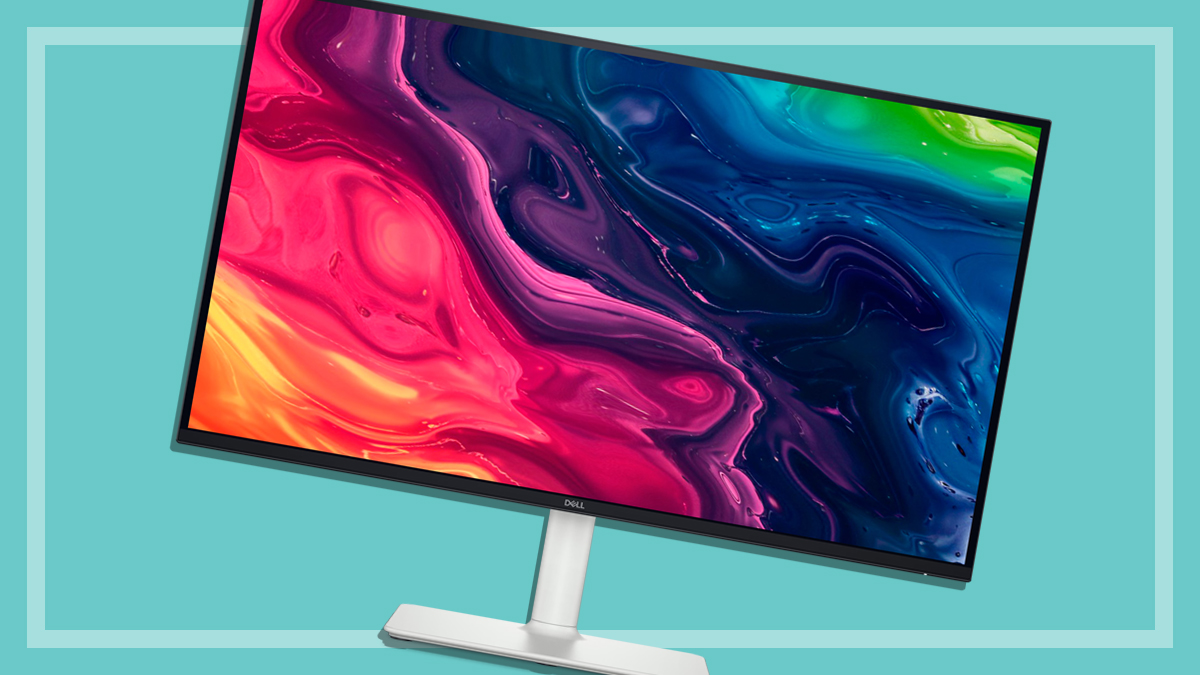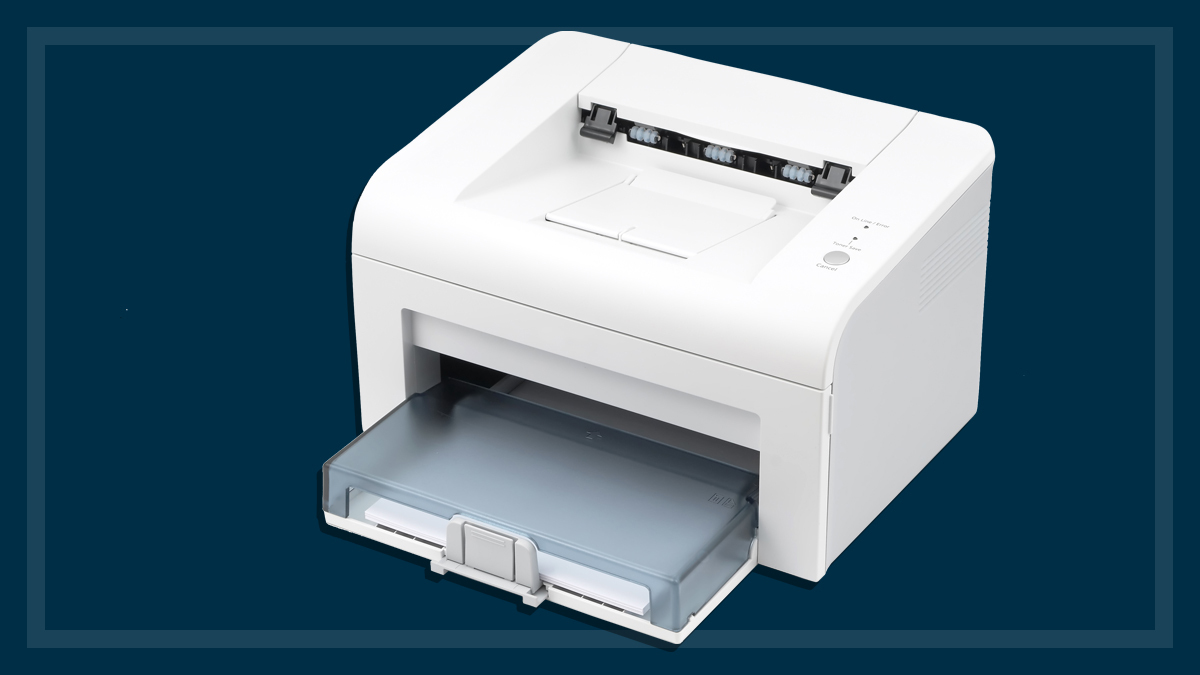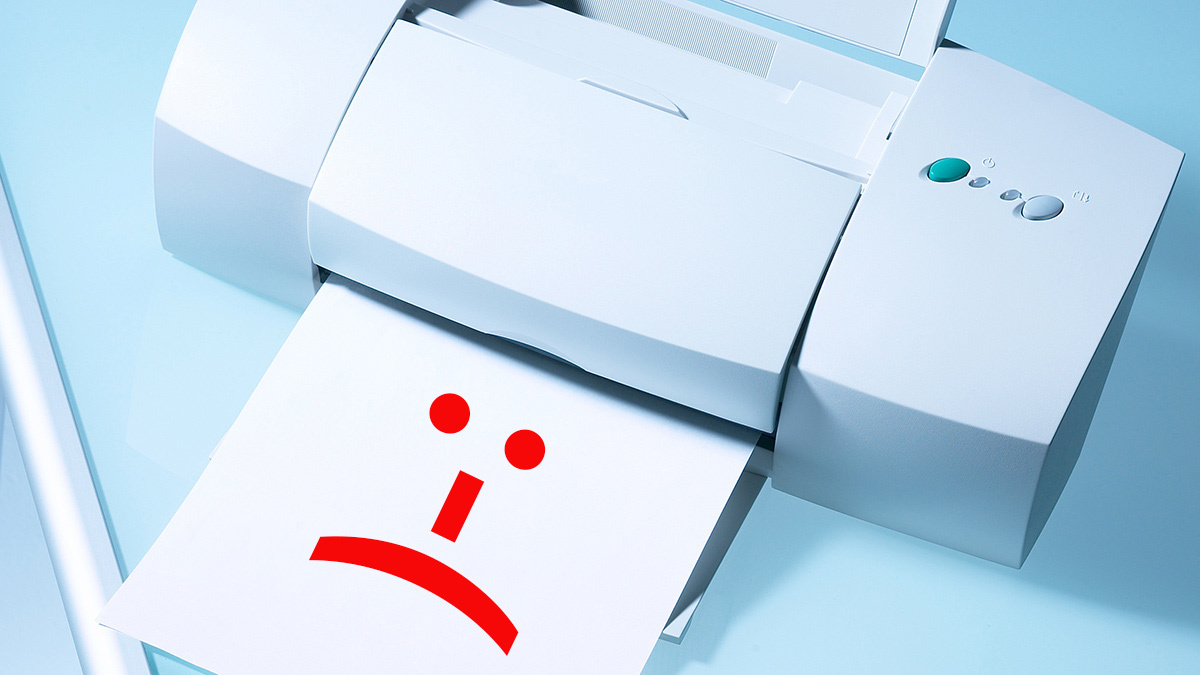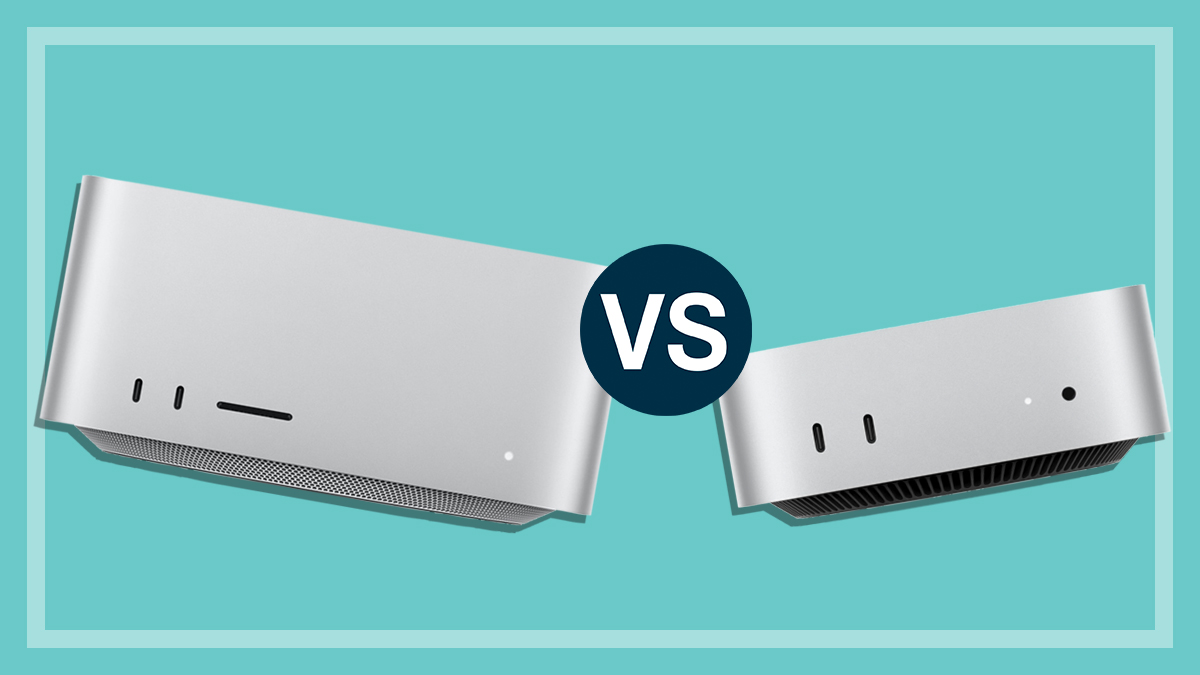Get our independent lab tests, expert reviews and honest advice.
How to buy the best desktop computer
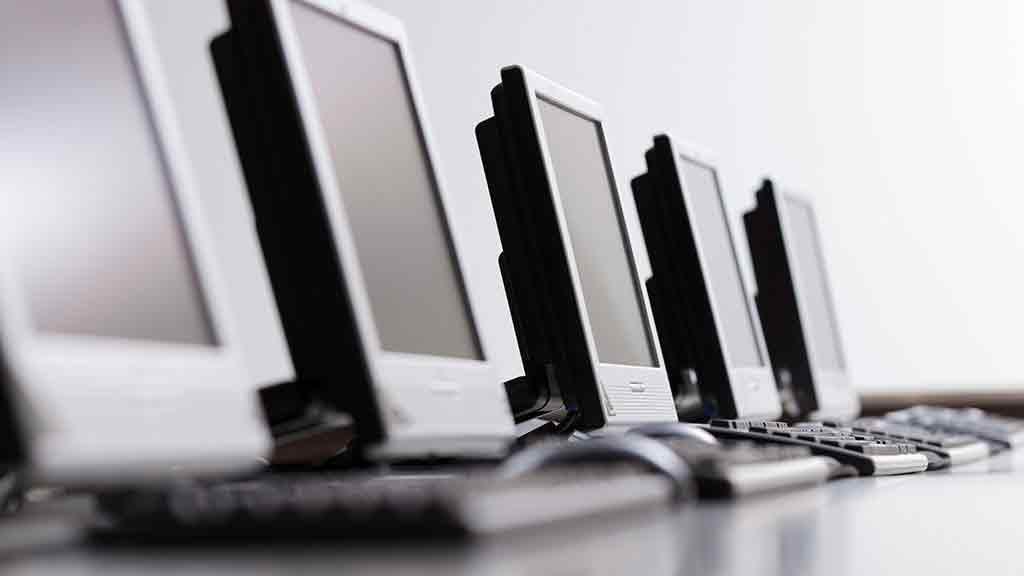
Laptops have come a long way, but you can’t beat a desktop computer for speed, capacity, screen size and value for money. You’ll be hard-pressed to find a laptop that can match a desktop PC’s performance for the same cost. Here’s what you’ll need to look for in choosing the right one to suit your needs.
On this page:
Advantages of a desktop computer
Desktops are the big kids on the block. The traditional tower case, mini-tower and horizontal ‘form factor’ models offer a roomy case with an easily accessible interior. (Form factor refers to the specification of the motherboard, which influences the size of the case.)
Even the relatively compact all-in-one models mostly offer large-size, full-power components and a big screen, though without the extra internal space. Note, however, that some models in pursuit of a thinner and slimmer look may include laptop-style components such as onboard graphics (on the motherboard rather than a dedicated graphics card) and even a 2.5-inch hard drive (rather than the standard 3.5-inch drive) or just a solid-state drive (SSD).
Desktop types
Desktop computers fall into three main families:
Tower
The traditional desktop computer has a large and roomy upright case (which, due to its size, usually sits under the desk). While bulky, it offers unmatched versatility and the opportunity to upgrade or replace parts to extend the capabilities or life of the unit. The mini tower (upright) and horizontal form factor models have less room inside.
Compact
Also known as small form factor (SFF) or Mini PCs, these sandwich-sized computers include cut-down components like an all-in-one, but with no built-in screen.
All-in-one
If you’re looking for a general-purpose desktop computer with a big screen but compact size, an all-in-one could be just what you need. These self-contained desktop computers house all the components plus the monitor in a single unit that looks just like a desktop monitor. The computer itself is usually built-in behind the screen. Although they lack the expandability of a traditional tower-case unit, they provide a space-saving and even stylish alternative that can be a multimedia focal point for the whole family.
If you’re skipping a slim all-in-one for a modular PC (tower or compact models), there are some advantages:
- Connections: on a tower model the extra space usually means you’ll find a wider range of connection ports – and more of them.
- Cooling: bigger fans and more room means better cooling, so you can use top-end components such as faster processors and graphics cards.
- Space: a traditional desktop case provides much more space inside, compared to a laptop or an all-in-one model. This leaves more room for extra drives or a second graphics card.
- Upgrades: a traditional desktop tower-style case offers much more flexibility for upgrading or replacing parts, so your desktop PC can last much longer with a few well-chosen upgrades.
- Versatility: You don’t have to buy a finished box off-the-shelf. You can custom tailor a desktop PC to suit your needs and budget, whether you build your own or pay a professional to put it all together.
- Cost: a bigger case can actually mean big savings – it costs more to make things small.
How to pick the right desktop
Whichever desktop family you choose from, picking the model to meet your needs requires a little planning. Consider which of the following categories you fit into:
Entry level
A cheaper computer built to cover all basic activities such as browsing the internet, writing emails and occasionally using office productivity software.
Mid-range
An all-rounder for web browsing, email, office programs and other general purpose software and casual games. This type is typically aimed at families, students and business people. Mid-range computers can run most software and games, but may struggle a bit with high-end programs such as video editing and high-level games that require very fast graphics processing.
High-end
For technology and games enthusiasts and multimedia professionals who require superior performance for intensive programs such as video/audio editing, 3D rendering and advanced games. The sky’s the limit with both performance and cost.
Most people will only require a mid-range system – and there’s plenty of scope available in this category, depending on the type of processor, graphics card and storage that you choose.
Don’t just consider your current needs, though. Look to buy a system that will still serve you well for the next three years or so. Check which parts can later be upgraded – for example, can key components such as processor, graphics card and hard drive be easily replaced with better ones at a later date?
Mini PCs – a smaller option
Mini PCs are generally compact and basic versions of the bigger (tower and mini-tower) desktop PCs. Unlike a laptop computer, their main processor is usually the sort of mainstream unit that can be found in all-in-one desktops or even some modular desktop models.
Being compact, they may also find use in the lounge room as an entertainment hub for streaming video and music. Some makes come as “bare bones” DIY kits you can build yourself, which requires advanced computer skills, but there are off-the-shelf units that anybody can buy and set up easily.
Though mini PCs are in the minority, they’ve been around for a long time and for good reason. They can do everything most people use a larger (and noisier) tower-case PC for, but they take up relatively little space and cost less to buy. They’re also more economical in the longer term because you don’t have to replace anything but the main box when it comes time to upgrade.
Though there is little or no expansion inside the box, these days a lot of expansion happens outside the box, via plug-in hard drives and other external devices. For that reason it’s important before buying to check there are enough USB ports, along with others you need such as HDMI or VGA to plug in your existing monitor and accessories.
Because mini PCs have a very compact case, they have limited or no space for expansion or upgrading of the hardware internally. You need to do your upgrading before you buy, not after. Check the specifications carefully before you buy, making sure you have enough memory (RAM) and storage (drive) to cope with your foreseeable future needs as well as your current requirements.
PC sticks
PC sticks are pocket-sized gadgets that can turn any HDMI monitor TV into a full-blown PC. Possibilities include creating a mini home entertainment computer for streaming video and music without tying up your main PC; a school PC (where screen, keyboard and mouse are supplied); a simple PC for home or in the office, mainly for email and light web browsing; or watching videos off a local network.
They could also be good for presentations at work, or for small businesses or clubs that want to set up their own digital signage with looping still images or SD videos. Lack of processing grunt, however, means they obviously won’t make a good gaming PC – unless you’re happy with nothing much more demanding than good old Solitaire.
Windows, OS X or Linux?
The choice of which operating system to go with is a watershed decision that will have long-term ramifications. In fact, it’s arguably the most important decision you’ll make, because it will affect your software choices and may affect your hardware decisions (definitely, in the case of OS X, which only runs on Apple’s Mac family). There are pros and cons to each:
Windows
It has the lion’s share of the market, with the widest range of programs available. Though Windows 7 is still popular on older PCs, new Windows computers will come with Windows 10, which is designed to work across a wide range of devices, including tablets, and which comes with touchscreen support built-in.
OS X
Designed to work specifically with Apple hardware, providing tight integration that offers advantages in ease of use and consistency across programs. Many programs for Windows have OS X versions and many OS X-only programs offer file-format compatibility with Windows programs. You can install Windows on Macs using OS X’s built-in installer utility called Boot Camp. This will let you run Windows natively on the Mac hardware without any software emulation, to give you full performance.
You can also run Windows OS and programs using virtualisation software such as Parallels Desktop for Mac, VMware’s Fusion or Oracle’s Virtual Box. These programs let you install other operating systems such as Linux. Whether you use Boot Camp or a virtualisation program, you’ll need to purchase the Windows operating system separately.
Linux
It’s generally free, as are most Linux programs, and it can run on a wide range of PCs as an alternative to Windows. There are many flavours of Linux, with the most popular being Ubuntu.
In some cases you may have to side with a particular system to use specific programs. Look into each alternative, and spend some time with each one before deciding, if you can.
Other key considerations
Beware of ‘bargains’
If a deal on a computer looks too good to be true, it probably is. Great savings can mean that components are lacking or outdated. If you’re not an experienced user, stick with the bigger brand names that offer a choice of packaged systems so you know everything will work together. It’s usually worth spending a little more to ensure that a computer completely suits your needs.
Monitor
Does it come with a monitor? If so, what kind? If not, can you save money by doing a deal? The same can apply to other peripherals such as a printer or scanner.
Storage space
Don’t underestimate how much you’ll need! Ensure you have enough room on your hard drive for all your current programs and files, as well as the fast-growing collection of videos and music that most people now tend to accumulate. Look for a 1TB HD as a starting point, but double that if you can. Hard drives can be up to 3–4TB. Desktop tower models make it easy to add a relatively inexpensive extra internal hard drive down the line, or perhaps a super-speedy solid-state drive (SSD) for extra performance.
CPU (central processing unit)
This is your computer’s brain. The number of cores, processing power and price range is a good indicator of the overall level of power on offer. Be careful comparing the Intel family of CPUs with those from AMD, its main competitor, as quoted speed figures aren’t directly comparable.
Likewise with the sub-families of each brand – the latest versions of the Intel Core i3, i5 and i7, i9 and even the M series mobile processors are increasingly high-performance, even at the same quoted figure in GHz. With Intel the general heirarchy of performance goes up with the numbers, from slowest to fastest: i3, i5, i7 and i9. These are the ones generally used in consumer-level desktop equipment, but Intel has other powerful processors such as the Xeon series that are largely used for non-consumer purposes such as workstations and servers.
Comparing processors
It can be difficult to compare processors across each brand, family and series as the topic is very complex and far outside the scope of this general buying guide, but there are some online resources that can help you make the right decision.
Firstly, there’s Intel’s and AMD’s processor information pages:
If you want to compare processor performance, there are numerous websites that can help, including the following suggestions:
RAM (random access memory)
A lack of RAM will slow your computer when performing multiple or labour-intensive tasks, such as image processing. Look for a minimum of 4GB (gigabytes), even in a budget system; ideally aim for 8GB for most general use PCs.
Graphics card
Entry-level (and even some mid-range) desktop computers may have the graphics processor built into the motherboard (called onboard graphics), rather than on a separate (dedicated) graphics card. While onboard graphics is generally adequate for most day-to-day tasks, high-end games and other graphics-intensive programs will benefit greatly from a dedicated graphics card (which can also be upgraded down the track). Certain high-end programs may require a dedicated graphics card to run.
Connections
Check that it the computer has all the USB 3.0 and HDMI connections (ports) to suit your needs, and enough of each one. Do you need to connect your other devices (for example, external hard drive) via different ports such as older and less-used FireWire 800, eSATA or Thunderbolt? You may need to add in a specific card to support these.

